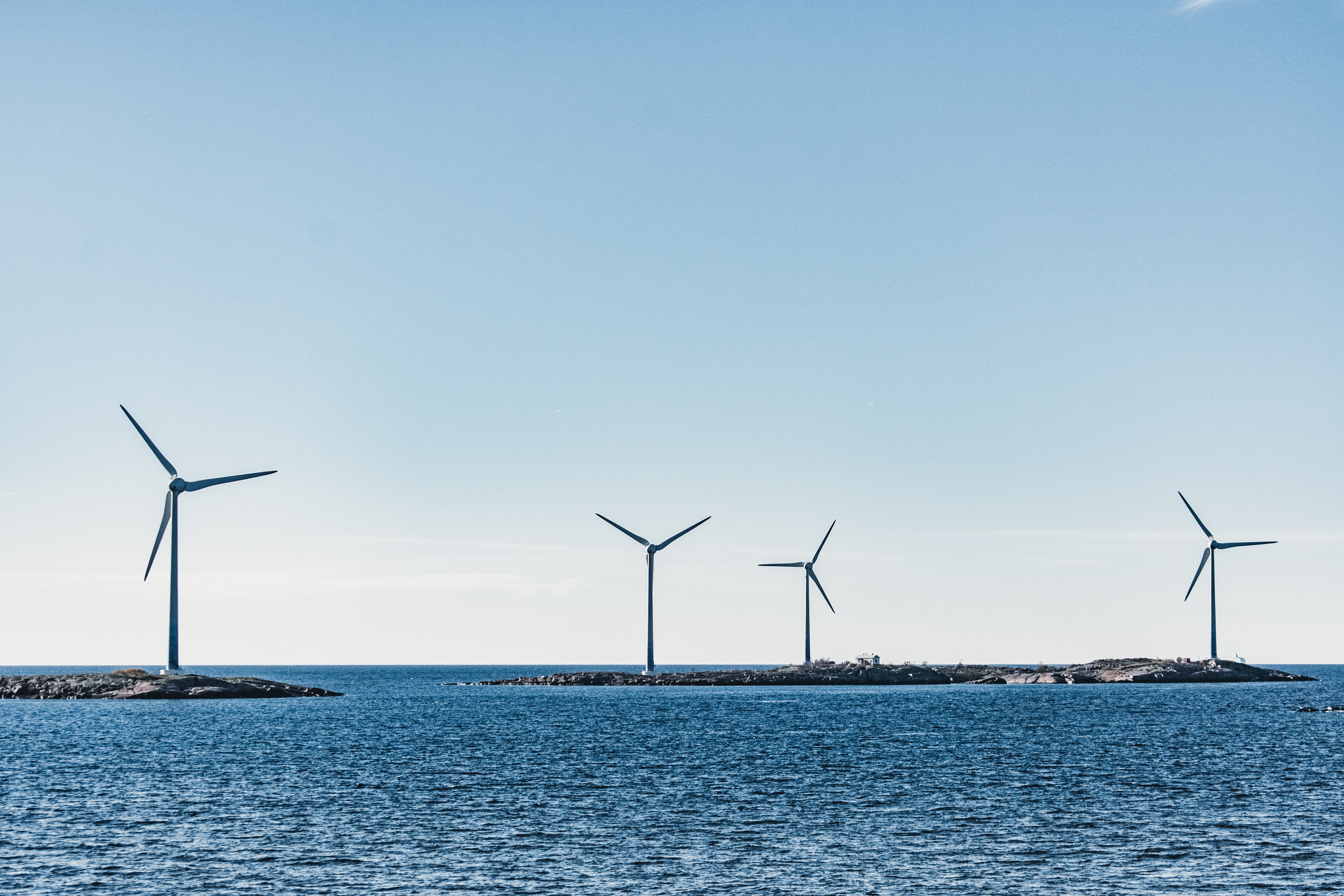Floating wind 'greatest opportunity for UK subsea industry'

The Global Underwater Hub says that floating offshore wind represents the greatest opportunity for the UK’s £8bn subsea industry of this generation.
The new strategic, intelligence-led organisation is building a case for government to support the industry as an enabler with the greatest potential to deliver UK capability that will place it at the forefront of floating offshore wind.
Through the UK Government’s Floating Offshore Wind Manufacturing Investment Scheme (FLOWMIS), up to £160m will be made available to scale-up the deployment of floating offshore wind and to invest in key areas where the UK has competitive advantage.
GUH said it is working closely with government agencies to identify the key areas of expertise and technology in which it should invest.
The organisation has also called on the underwater industry to participate in the UK Government’s Request for Information on the FLOWMIS scheme, which closes on the 15th of July.
Determined the country doesn’t lose out as it did with fixed offshore wind, the UK Government has issued the request to port developers, floating wind foundation designers and fabricators, component and sub-component manufacturers, floating offshore wind developers and EPCI contractors.
The responses will inform government of both the opportunities available and the capabilities and capacity in the supply chain and allow them to gauge where investment can have the biggest impact.
Crown Estate Scotland outlined almost £25bn of planned investment into the Scottish economy across ScotWind projects. The total financial investment in the supply chain across these projects is £66bn, of which £25bn is ring-fenced to be spent in Scotland.
Eleven of the 17 projects will be using floating wind turbines and almost 80% of the £25bn invested in Scotland will be dedicated to floating wind.
Another major task is making sure that the underwater industry has visibility of these projects and to facilitate relationships between them and the developers leading on these, GUH said.
GUH chief executive Neil Gordon (pictured) said: “The underwater elements of manufacturing, assembling, installing and then operating and maintaining floating offshore wind projects are eminently transferable from offshore oil and gas, where subsea expertise was, largely, honed and refined.
“From floating foundations to mooring and anchoring systems, as well as dynamic power cables, the subsea industry will be integral to delivering floating wind.
“And it’s not just these largescale fabrication and manufacturing elements, it’s also all the skills and technologies, components and sub-components which will be required further down the line and which we have in abundance in the UK.
“It’s crucial that the UK and Scottish governments know how to support the industrial investment required to ensure the UK supply chain meets the ambition and pledges made by the successful bidders in Scotwind and the upcoming INTOG (Innovation and Targeted Oil & Gas) seabed leasing round.”
